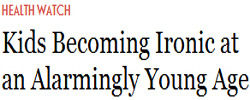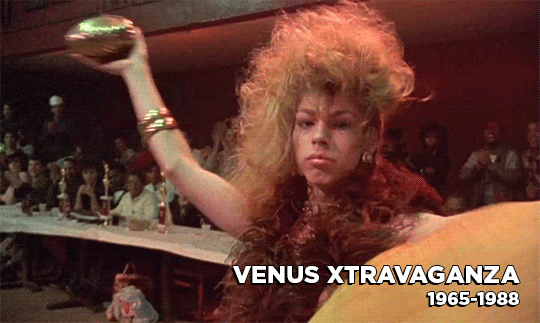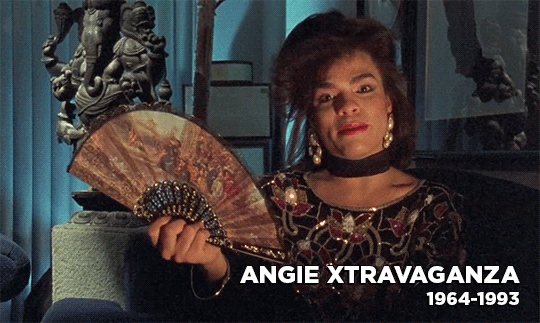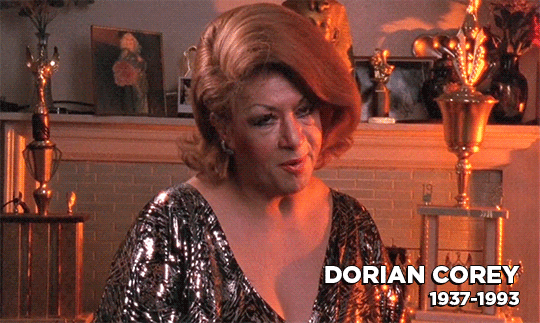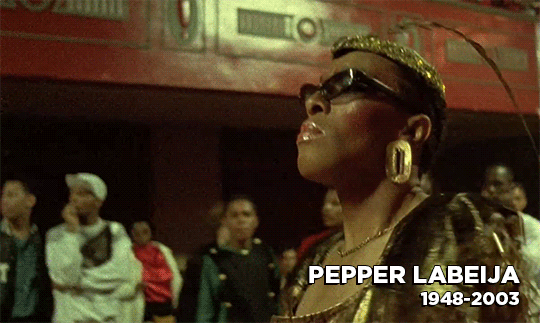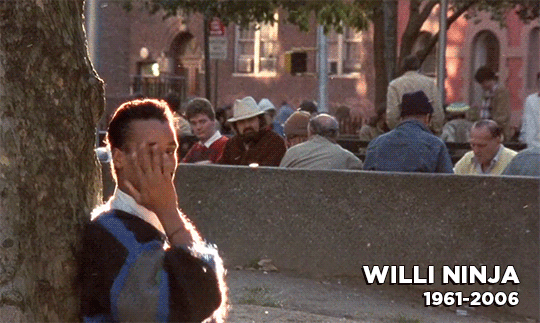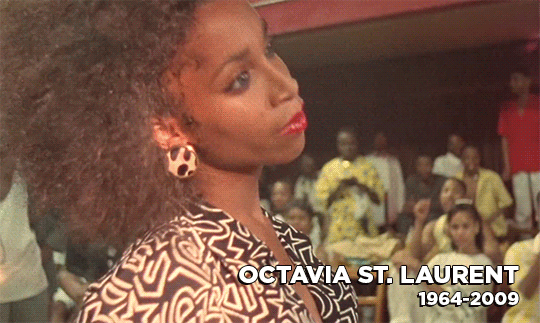@pontus • internet • geometry • kville kville • photography • dev art
Don't wanna be here? Send us removal request.
Photo

Aloe Vera / 1 100 SEK // Thin black wooden frame with white mat, 30x40 cm (frame 40x50 cm), Hahnemühle German Etching 310 g
3 notes
·
View notes
Photo

Bodie II / 700 SEK // 20x30 cm (with frame 30x40 cm), Black wooden box frame with brown mat, Hahnemühle German Etching 310 g
1 note
·
View note
Photo

Bearsuit at #Outsidelands, San Francisco, USA (at Outside Lands Music Festival)
0 notes
Text
Vegan Popcorn Cake with Salted Caramel Sauce and Apples

aka. Vegan is only boring if you are.
Helga made this composition from the following recipes. Listed layer by layer.
1. Sponge Cake Base Made from this vegan Vanilla Crazy Cake from Sweet Little Bluebird. Bake the cake in a springform pan, let it cool and leave it in the pan.
2. Apple Compote Chop the apples into small cubes and put them in a sauce pan with some water and a spoon of sugar. Bring to boil, then turn off the heat. Let it cool.
3. Apple Mousse Made from this vegan Lemon Mousse recipe. It’s in Swedish (sorry!) but any vegan mousse would do fine. Just use some of the apple compote instead of the flavour/fruit.
4. Caramel Popcorn Made from this vegan Caramel Popcorn recipe from One Green Planet. A half batch should be enough (you can eat the rest while cooking!).
5. Salted Caramel Sauce We tried to use this recipe for Caramel Sauce (scroll down to no. 5) but had some trouble with it so we ended up just using a random vegan recipe from the internet.
Finish: Put the cake together You have used some of the apple compote in the mousse, put the rest on the crazy cake. Place the mousse in the cake pan and let it set for a couple of hours.
Right before serving, pour a layer of salted caramel sauce over the mousse and decorate with a lot of popcorns. Pour some extra caramel sauce on top of everything and throw in some dried apples if you want to.
Wow!
0 notes
Link
...
It is a truism among Dylan's admirers that he is a poet using rock-and-roll to spread his art: as Jack Newfield put it in the Village Voice, “If Whitman were alive today, he too would be playing an electric guitar.” This misrepresentation has only served to make many intellectuals suspicious of Dylan and draw predictable sniping from conscientious B-student poets like Louis Simpson and John Ciardi. Dylan has a lavish verbal imagination and a brilliant sense of irony, and many of his images—especially in his last album, Blonde on Blonde—are memorable. But poetry also requires economy, coherence, and discrimination, and Dylan has perpetrated prolix verses, horrendous grammar, tangled phrases, silly metaphors, embarrassing clichés, muddled thought; at times he seems to believe one good image deserves five others, and he relies too much on rhyme. His chief literary virtue—sensitivity to psychological nuance—belongs to fiction more than poetry. His skill at creating character has made good lyrics out of terrible poetry, as in the pre-rock “Ballad in Plain D,” whose portraits of the singer, his girl, and her family redeem lines like: “With unseen consciousness I possessed in my grip/ a magnificent mantelpiece though its heart being chipped.”
Dylan is not always undisciplined. In Freewheelin', Blonde on Blonde, and songs like “Ballad of a Thin Man,” he proves he can control his material. But his disciplines are songwriting and acting, not poetry; his words fit the needs of music and performance, rather than an intrinsic pattern. Words or rhymes that seem gratuitous in print often make good musical sense, and Dylan's voice, an extraordinary interpreter of emotion though (or, more likely, because) it is almost devoid of melody, makes vague lines clear. ...
0 notes
Photo

Say hi if you like it
2 notes
·
View notes
Photo

My first Escher-inspired animal tessellation
#escher#mc escher#animal#pattern#birds#symmetry#tessellation#mathart#iornament#iornamentapp#geometry#portfolio
0 notes
Text
Chocolate Crazy Cake with Fudge Frosting – All Vegan

Todays dessert was an all vegan chocolate cake with fudge frosting. Apparently, the recipe for the cake is from the 1930′s. The fudge frosting recipe is probably newer since it includes trendy virgin coconut oil ;)
Tip for Swedes: To make it super extra yummy we added three crushed “Delicato-bollar” on top of the cake.
Check out the recipes:
Chocolate Crazy Cake from Tip Hero
Two Vegan Frostings: Chocolate Buttercream and Chocolate Fudge from Healthy Happy Life
1 note
·
View note
Photo




This Porsche magazine ad turns your tablet into a holographic 911
423 notes
·
View notes
Photo



Some northern lights over Reykjavik, Iceland.
My first time trying out night photography. Turned out great even though I didn’t have the patients to wait for the perfectly clear night.
#iceland#stars#aurora borealis#night#sky#phtography#night photography#reykjavik#city lights#northen lights#photo
0 notes
Photo





Angel Haze @ Pustervik, Gothenburg January 23rd 2016
#angel haze#concert#photography#ILCE-6000#a6000#sony#sony alpha a6000#prime lens#asahi#super-takumar#55mm f/1.8#pustervik#göteborg#gothenburg#ig#music#rap#hip-hop#photo
7 notes
·
View notes
Photo

Two hours ago I met Nobel Prize laureate Arvid Carlsson. Super exciting and interesting to record a podcast with such a brilliant researcher. 💯🔬🙌 #nobelprize #nobelprizewinner #nobellaureate #humble (på/i Sahlgrenska akademin)
0 notes
Text
How to convert a playlist to Spotify
For about 10 years I had all my music in iTunes and the digital DJ software Traktor. Since I almost exclusively use Spotify now days I have been looking for a method of moving my old playlist into Spotify.
Here is how I do it
Export the playlist
Copy-paste into Google Sheets
Call my nifty Spotify search-script
Copy-paste into Spotify
Simple, huh? I explain every step in detail below.
1. Export the playlist
This step is of course different depending on what program you will convert from. The important thing is that you end up with a format that is easy to copy-paste to a spreadsheet. A tab (or comma) separated file is perfect, a HTML-table or other structured format will also do.

In iTunes I use “Export Playlist” and chose “.txt”. In Traktor I use the “Save as Webpage” option. The result looks a little messy, but don’t worry, as long as it is easy to copy-paste it in the next step.
2. Copy-past to Google Sheets
Create an empty document in Google Sheets. Open your exported playlist and select the tracks. Copy-paste the tracks from the playlist-file and into the sheet. You will end up with something like this:

The important thing here is that Title and Artist ends up in separate columns, and of course: one track per row. To get rid of the clutter i usually hide columns like BPM, Time, Genre etc.
3. Call Spotify Web API from my script
This is where the magic happens.
We are about to search for each of the tracks in our playlist through the Spotify Web API and automatically place the result into the spreadsheet. Google Sheets have a function called IMPORTDATA that does exactly this.
Update 24 September 2017: Due to changes in Spotify Web API you are now required to register the script as an app and get your very own Client ID and Client Secret. The Client ID and Client Secret are provided to the script (as seen below) to authorise your call to the API. a) Register your app here: https://developer.spotify.com/my-applications b) Replace CLIENT_ID and CLIENT_SECRET with the corresponding strings from your Spotify App, it should look something like this "c=83ok0:A0gb8".
=IMPORTDATA("http://lab.psu.se/spotify/spotify-search-csv.php?q=track:"&A1&" artist:"&B1&"&c=CLIENT_ID:CLIENT_SECRET")
Paste this cell formula into one cell on each row and the result will appear as three columns: Track, Artist and SpotifyURI.

IMPORTDATA calls the script with the cell content of cell A1 and B1 added to the search string. The script takes a search string as parameter “q” and returns the first result from Spotify. I use the field filters “track:” and “artist:”, you can of course use any kind of search string supported by Spotify.
I have a hosted version of the script for you to try out, but please download it from my Github and host it yourself.
4. Copy-paste into Spotify
The track names and artists are provided so you can verify that Spotify found the right track. When you are satisfied with you list, create a new playlist in Spotify and select the column with the Spotify URI in your spreadsheet (column ”AD” in the image above).
Copy the content and switch to Spotify, select the playlist and hit Paste. Voilà, the tracks are added to the playlist!
Since there is one separate search made for easy track (as opposed to Ivy and other similar services) it is easy to make changes and search again. For example I regularly have to remove track numbers from the beginning of the track name (change ”07 Fight For Your Right” to “Fight For Your Right”) and parentheses from the end of the name (”Original version”, “Radio Edit” etc).
If you found this useful, share it and send an high-five to me on twitter: @pontus
#spotify#playlist#traktor#itunes#sheets#excel#how to#howto#convert#automatic#automagic#google#apple#spreadsheet#native instruments#dj#djing#digital dj#api#php#csv#github#ivy#portfolio
1 note
·
View note
Photo

Marie Kondo, The Life-Changing Magic of Tidying Up: The Japanese Art of Decluttering and Organizing
My wife bought this last year and it helped her de-clutter before our second son was born. Then yesterday my friend Mark Larson listed it as one of the best things he read last year. So I figured, “What the hell? I’ll give it a read,” and read it instead of re-reading Meditations. After all, I have this Brian Eno aphorism taped in my studio:

I wound up live-tweeting my reading, the magic of which you can relive here:

Live-tweeting was probably a terrible idea, because let me tell you: people have some FEELINGS about this book. Several people told me it changed their lives, and a few even said it’s one of the best books they’ve ever read.
I think the book is mostly harmless and has some helpful tips to get rid of your crap. Although she is 100% wrong when it comes to books:

I mean, good grief. I’ve long believed that the most valuable books in your library are the unread ones. (Not to mention I’m a huge believer in re-reading books.)
Also, I could point to several examples where messiness actually helps creative folks: Agatha Christie saw value in keeping her notebooks messy and some researchers think there’s a connection between messy desks and creativity.
“If a cluttered desk is a sign of a cluttered mind, of what, then, is an empty desk a sign?” —Albert Einstein
Kondo’s best when she sticks to clothes. (Though I personally have found keeping a capsule wardrobe or wearing a uniform the best way to simplify my life. Kondo doesn’t mention either of those things.)
The biggest flaw I see in her thinking is the belief that how you feel NOW is the most important factor in whether you should keep or discard something.
Take photos: she says to keep a certain amount of photos from an event, and toss the rest. And yet, last week I looked through my wedding photos, the loose ones in a box, and I found all kinds of photos that didn’t interest me when I was putting together our wedding album.
You’ve probably experienced something similar: a photo you didn’t think was interesting at the time, later on you find it more interesting than the stuff you chose to frame. My friend Clayton Cubitt tweeted something similar the other day:

I realize that nowhere does Kondo explicitly say this, but there is a kind of anti-collecting streak in the book. Artists, in my experience, many of us tend to be collectors: we keep stuff around because we like it, sure, but we’re also not sure if it might be of use to us later.
My friend John Unger had a good take on balancing tidyness and messiness in the studio:
My rule is— keep your tools very organized so you can find them. Let the materials cross pollinate in a mess. Some pieces of art I made were utter happenstance where a couple items came together in a pile and the piece was mostly done. But if you can’t lay your hands right on the tool you need, you can blow a day (or your enthusiasm/inspiration) seeking it.
I like that.
At the end of the day, I think anything that gets us thinking at all about the relationship we have with all the stuff in our life is a good thing. (As Leon sang, “You take what you need and you leave the rest.”)
A great compliment to this book would be David Allen’s Getting Things Done, or George Carlin’s great routine, “A Place For My Stuff,” collected in Brain Droppings:
youtube
So stuff is important. You gotta take care of your stuff. You gotta have a PLACE for your stuff. Everybody’s gotta have a place for his stuff. That’s what life is all about, tryin’ to find a place for your stuff! That’s all your house is. Your house is nothin’ but a place to keep your stuff. If you didn’t have so much stuff, you wouldn’t need a house. You could just walk around all the time.” “So that’s all your house is. It’s just a pile of stuff with a cover on it. You can see that when you’re taking off in an airplane. You look down and see all the little piles of stuff. Everybody’s got his own little pile of stuff. And they lock it up. That’s right! When you leave your house you gotta lock it up. Wouldn’t want somebody to come by and TAKE some of your stuff. ‘Cause they always take the wrong stuff. They always take the GOOD stuff. They don’t bother with that [junk] you’re saving … ”
(Special thanks to Matt Thomas for the Carlin bit.)
Filed under: my reading year 2016
242 notes
·
View notes

